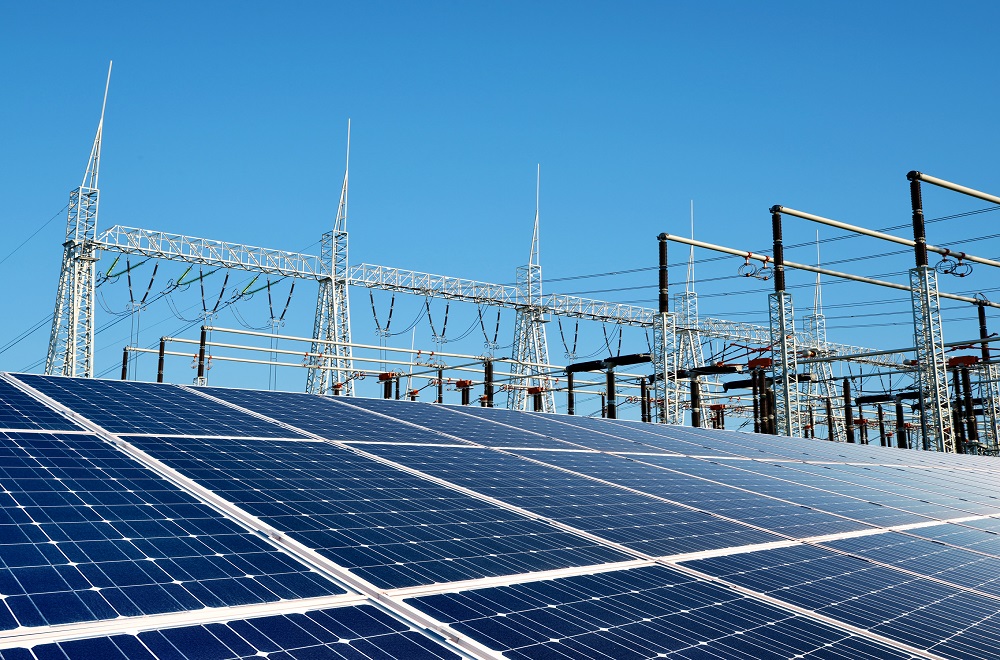The substation is the hub of the SCADA network, and contains some of the most critical devices, equipment and applications at the solar PV plant. Integrating these substation devices into the SCADA system helps ensure the safe, profitable operation of the plant and a source of reliable energy for the grid.
Let's explore the hows and whys of solar PV SCADA substation integration.
1. What substation applications or devices can the SCADA system integrate?
The three main types of substation devices and applications that can be integrated are:
- Substation protection equipment (breakers, capacitor banks, etc.)
- Metering devices
- Substation monitoring equipment (building alarms, etc.)
Substation protection devices and power system equipment include relays, breakers, feeders, capacitor banks, and transformers. Modern substations use integrated microprocessors called Intelligent Electronic Devices (IEDs) to monitor and control these devices and equipment. Common IEDs include protective relaying devices, circuit breaker controllers, capacitor bank switches, and recloser controllers. The SCADA system can communicate with these IEDs either directly or via the substation Real Time Automation Controller (RTAC).
Most solar PV plants have several types of metering devices that measure power generation, voltage, current, and power values. All plants, regardless of size, will have at least one revenue meter that measures the amount of power produced. The SCADA system not only monitors the substation meter readings, but uses them to control the plant's inverters to regulate the active and reactive power as a single plant.
The SCADA system can also integrate substation control building alarms. The control building typically has an alarm management device that alerts O&M personnel if there is a fire alarm, a door left open, an HVAC malfunction, or other conditions that could jeopardize the safe operation of the substation equipment. Transformer alarms are also included and monitor the health of the main substation transformer.
Learn more about how the SCADA system integrates substation devices and alarms: Achieving Holistic SCADA Synergy: Substation Device Monitoring & Controls Integration
2. How do these applications increase ROI over the life of the plant?
Protection devices, metering and alarms are critical to the safe and stable operation of the solar PV plant. They can also give an indication of how the plant is doing on the whole.
Paying close attention to the health of the transformer and the security of the building can help prevent costly maintenance issues. Keeping tabs on expected production versus the actual metering values can reveal where certain parts of the plant might be lacking and/or where equipment may not be functioning as intended. Comparing the local metering data to the utility data can also help determine that the production of the plant matches what is being paid for by the utility. This "truing up" process ensures correct payment for the power supplied.
3. How can O&M teams use these applications to improve their processes?
One of the most useful applications for O&M is the breaker control. Being able to open and close the breakers remotely can prevent having to dispatch a technician to do it manually. Anytime an O&M team can prevent a truck roll, that's a process improved and time and money saved. All of the integrated substation devices can help with remote troubleshooting.
When O&M technicians do need to go to the site, the integrated alarms can help them know what to expect. These tools are useful for both planned and unplanned maintenance.
4. How do these applications impact system standardization for enterprise SCADA solutions?
If there are certain standards in place for plant or substation design, plant designers should take them into consideration when choosing substation devices for new projects. If there are already other plants in the fleet with a certain set of devices that are being monitored, then trying to keep that same kind of setup is important.
However, every site is going to be a little bit different. Sites in the same fleet may vary in their requirements, such as the need for a capacitor bank or transformer tap changer. It is important to still set standards for these unique circumstances when they can directly affect the enterprise data standards.
Learn more: 6 Ways to Prepare for Standardizing Your Fleet's SCADA Systems
Choose Nor-Cal Controls As Your Solar PV SCADA Integrator
SCADA substation integration must take into consideration owner requirements, substation contractor input, and a host of utility, ISO, PPA and/or IA requirements. With over 11GW worth of successfully commissioned solar PV projects to date, our leadership and engineers are more than ready to take on the challenge. Schedule a call with us today.





